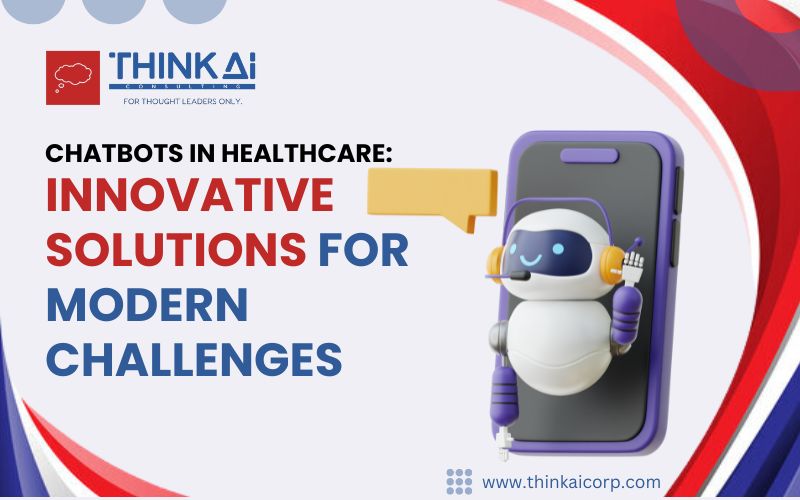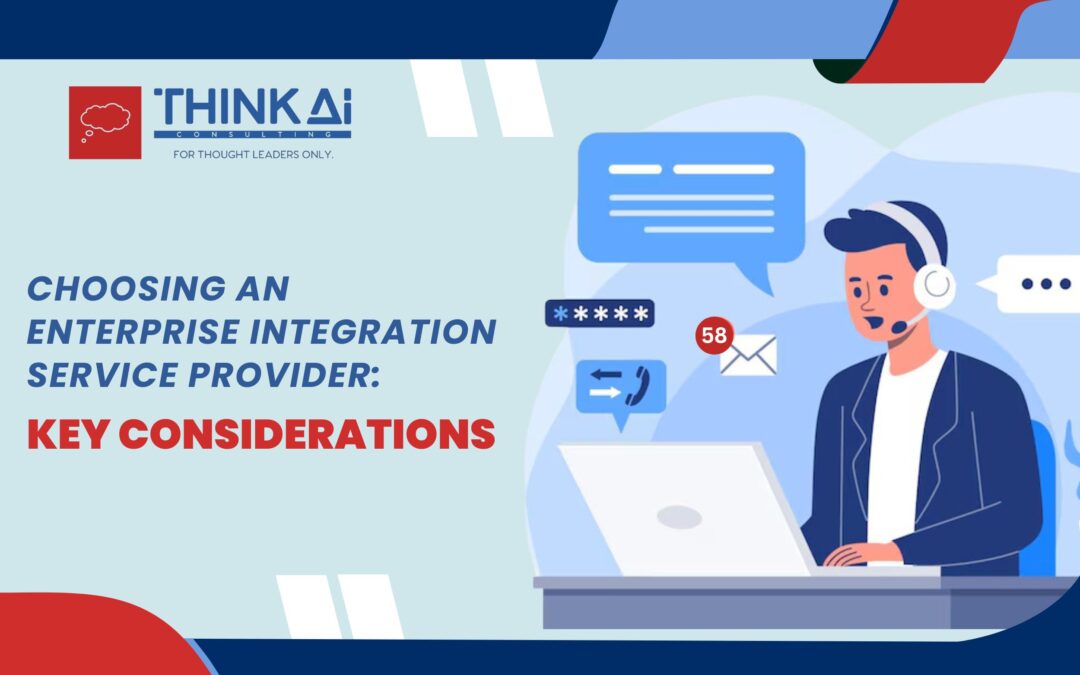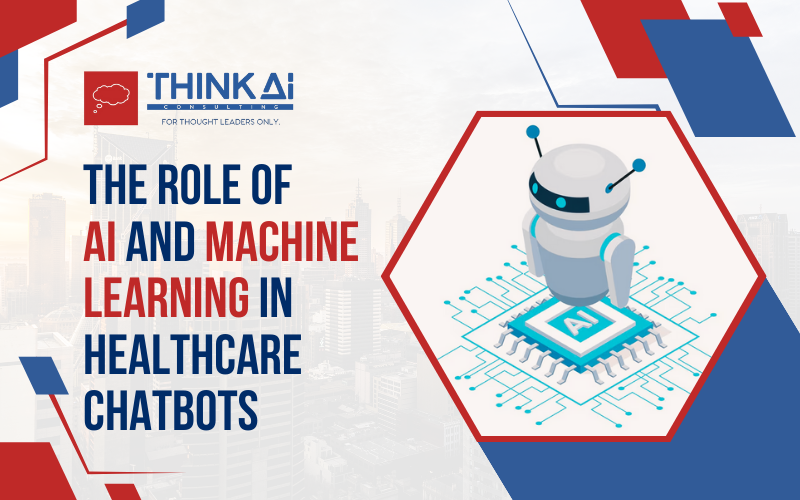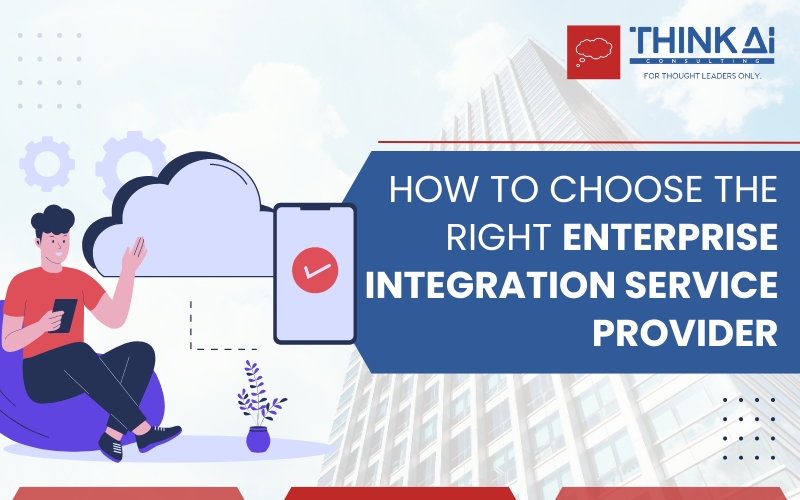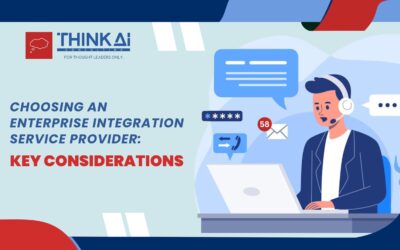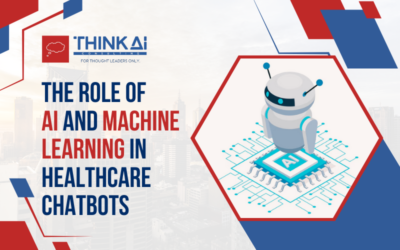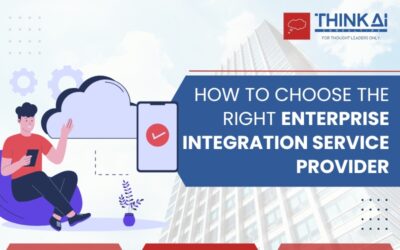Worker pay and benefits surged again in the second quarter, as employers sought to keep pace with inflation in a historically tight labor market. Total compensation rose 1.3%, the Labor Department said, close to the record 1.4% increase in the first quarter. Employers, meanwhile, saw their costs for labor spike 5.1% in the second quarter, up from 4.5% in the first and the highest number since records began in the early 2000s.
That acceleration in pay and benefits is expected to add further fuel to inflation, which in June stood at an annual 9.1%, the hottest rate in more than 40 years.
So what does that mean for software development projects? For YOUR project? Well, it depends. The easy answer is saying that all software development costs are going up across the board—but that isn’t entirely accurate.
A report from Gartner® suggests that we will see overall rising software costs thanks to a widespread embrace of SaaS. In its Predicts 2022: SaaS Dominates Software Contracting by 2026 — and So Do Risks, Gartner makes a case that as most of the top 20 software vendors phase out the sale of new perpetual licenses, certain software ownership and operations costs, including support, will increase as much as 35% by year end 2025 and will be seen in both subscription costs as well as integration costs.
Think AI’s project development model allows for a lot of flexibility re: staffing. Will you have an entirely US-based team or will the development work be handled overseas with US oversight?—or is it more cost effective for you to run the entire project with an overseas team? We can answer these questions when discussing the details of your next project and find the best work product and financial solution for you.
So yes, labor prices are on the rise, but smart companies can still find ways to get their work done by using great providers/partners like Think AI.

Manish works primarily with implementing cutting-edge technology for thought leaders who can envision moving their company into the future of business. These technologies include application of Artificial Intelligence, chatbots, Business Intelligence, and Data Analytics through Power BI. He is your ideal partner to guide you through a complex technology transition in your business.
President of International Association of Microsoft Channel Partners (IAMCP) SoCal
Strong focus on customer service with a history of A++ client satisfaction
Awarded the 2019 IAMCP SoCal Partner Choice Award
Awarded the ABAOC 2019 Presidential Award of the year



